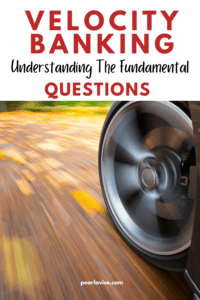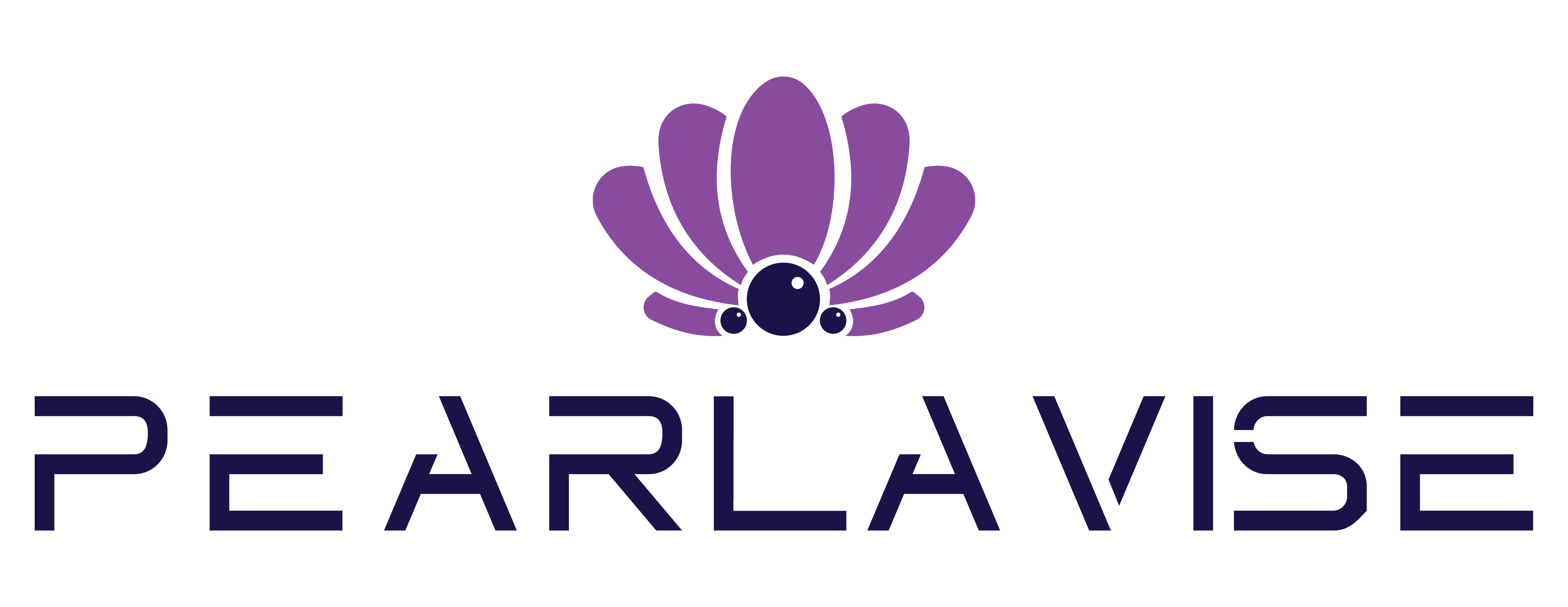Finding a better way to pay off debt faster can reduce stress in your life! The velocity banking method is a way you can eliminate debt fast.

As a user of the method, I highly recommend you understand the fundamentals and key concepts before applying it. I discovered that velocity banking has been a game-changer for my finances.
The excitement of the concept brought me joy when I realized how quickly it could reduce my debt, but it also requires great discipline.
You will learn about the fundamental questions and concepts vital to velocity banking. After understanding, researching, and studying how velocity banking works, you will feel more competent when you are ready to execute it.
This post is all about Velocity Banking! Understanding the fundamental questions—Who, What, Why, When, Where, and How—is crucial before you execute this approach.
The concept of velocity banking originated in Australia in the 1990s, pioneered by Haj Gill, author of “Own Your Home Years Sooner & Retire Debt Free.” Velocity banking is also referred to as a mortgage acceleration system, an accelerated banking system, and a speed equity mortgage acceleration system. As velocity banking may seem unfamiliar to many, it is essential to fully understand the strategy before attempting to implement it.
Velocity banking has transformed my personal finances, bringing me immense joy as I watched my debt decrease rapidly. However, it also demands a high level of discipline to be effective. Let’s delve into each of these aspects to gain a comprehensive grasp of velocity banking.
Break Down Velocity Banking: Who, What, Why, When, Where, and How
Who: Who can benefit from velocity banking?
Velocity banking can benefit individuals who have debts, such as mortgages, car loans, or student loans and are looking for a strategy to pay them off faster while saving on interest. For example, Jane has a mortgage, a car loan, and some credit card debt. She could be a candidate for velocity banking.
What: What is velocity banking?
Velocity banking is a financial strategy where you use a line of credit or a home equity line of credit (HELOC) to pay off debts more quickly. The idea is to funnel your income into the line of credit to reduce the average daily balance, which in turn reduces the interest you owe. Then, you use the line of credit to pay off your debts, starting with the one with the highest interest rate. Doing this can save thousands of dollars in interest payments and pay off your debts much faster.
Why: Why should someone consider velocity banking?
People consider velocity banking to save money on interest payments and to pay off their debts faster. By reducing the amount of interest paid over time, individuals can potentially save a significant amount of money. Additionally, paying off debts faster can lead to financial freedom and less stress.
When: When should someone use velocity banking?
Velocity banking can be beneficial when someone has a stable income and is committed to diligently managing their finances. It’s also helpful when interest rates on debts are higher than the interest rate on the line of credit being used for velocity banking. However, it’s essential to assess individual financial situations and consult with a financial advisor before implementing this strategy.
Where: Where can someone apply velocity banking?
Velocity banking can be applied anywhere you have access to a line of credit, such as a bank or credit union that offers personal lines of credit or HELOCs. However, it’s crucial to shop around for the best terms and interest rates before committing to a particular line of credit.
How: How does velocity banking work in practice?
Here’s a simplified example of how velocity banking works: Let’s say John has a $200,000 mortgage with a 4% interest rate and a $10,000 car loan with a 6% interest rate. He also has a $50,000 HELOC with a 5% interest rate. Instead of making regular mortgage and car loan payments, John puts all his income into the HELOC, reducing the average daily balance and saving on interest. Then, he uses the HELOC to pay off his mortgage and car loan. By doing this, John can potentially save thousands of dollars in interest payments and pay off his debts much faster than he would with traditional payment methods.
After you understand the five Ws and How, consider these critical factors before adopting velocity banking.
{RELATED POST: 22 CRITICAL FINANCIAL AND BANKING TERMINOLOGIES YOU NEED TO KNOW BEFORE PRACTICING VELOCITY BANKING}
15 Key Insights to Consider Before Embarking on Velocity Banking
Here are 15 crucial things you should know before implementing velocity banking:
1. Understand the Concept
Before diving in, ensure you have a solid understanding of what velocity banking is and how it works. Familiarize yourself with the basic principles and strategies involved.
2. Assess Your Financial Situation
Take stock of your current financial situation, including your income, expenses, debts, and assets. Understanding where you stand financially will help you determine if Velocity Banking is a suitable strategy for you.
3. Evaluate Interest Rates
Compare the interest rates on your debts to the interest rate on the line of credit you plan to use for velocity banking. It’s crucial to ensure that the interest rate on the line of credit is lower than the interest rates on your existing debts to make the strategy worthwhile.
4. Consider Credit Score
Your credit score plays a significant role in your ability to obtain a line of credit with favorable terms. Before pursuing Velocity banking, check your credit score and take steps to improve it if necessary.
5. Research Lenders
Shop around and research different lenders offering lines of credit or home equity line of credit (HELOC). Compare terms, fees, and interest rates to find the best option for your needs.
6. Calculate Potential Savings
Crunch the numbers to estimate how much you could save in interest payments and how quickly you could pay off your debts using Velocity Banking. This will give you a clear picture of the potential benefits of the strategy.
7. Budgeting is Key
Implementing velocity banking requires strict budgeting and disciplined financial management. Make sure you’re prepared to stick to a budget and allocate your income towards debt repayment consistently.
8. Emergency Fund
Before committing to Velocity banking, ensure you have an adequate emergency fund in place to cover unexpected expenses. Having a financial safety net will prevent you from having to rely on credit in case of emergencies.
9. Consult a Financial Advisor
Consider seeking advice from a financial advisor or planner who can assess your individual financial situation and provide personalized guidance on whether velocity banking is the right strategy for you.
10. Read the Fine Print
Before signing any agreements or contracts with lenders, carefully read and understand all terms and conditions, including fees, penalties, and repayment terms. Be aware of any potential risks or drawbacks associated with the line of credit you’re considering.
11. Stay Committed
Implementing velocity banking requires dedication and discipline. Stay committed to the strategy and avoid falling back into old spending habits or accumulating new debts.
12. Monitor Your Progress
Regularly monitor your progress and track your debt repayment journey. Celebrate milestones along the way to stay motivated and focused on your financial goals.
13. Adjust as Needed
Be flexible and willing to adjust your strategy as needed based on changes in your financial situation or external factors. Stay informed and proactive about optimizing your debt repayment plan.
14. Patience is Key
Velocity banking is a long-term strategy that requires patience and perseverance. Don’t expect instant results, but trust in the process and stay consistent with your efforts.
15. Educate Yourself Continuously
Keep learning and educating yourself about personal finance and debt management strategies. Stay informed about new developments and opportunities to improve your financial health over time.
By understanding these crucial aspects and taking necessary precautions, beginners can confidently embark on their velocity banking journey and set themselves up for success in achieving their financial goals.
This post is all about Velocity Banking! It involves understanding the fundamental questions—Who, What, Why, When, and Where. While leveraging debt can be a great strategy for paying off debt faster, it is important to do the necessary preparation beforehand to minimize mistakes and avoid losing money. If you are interested in learning more about velocity banking, I recommend watching Denzel Rodriguez’s YouTube videos to gain a better understanding of the process by reviewing the pre-game videos.
If you know someone who could benefit from this post and boost their financial mindset, please share this post and follow me on Pinterest
If you like coaching or counseling on Velocity banking, check out the Velocity Banking Manifesto Program and receive a 10% discount on eligible offers when you use this Coupon Code: PEARLAVISE
HELP ME MAINTAIN MY BLOG WEBSITE BY CLICKING ADMIREE MY GIFTS TO MAKE A PURCHASE
Other Post(s) and Recommendation(s) You May Like:
7 AMAZING SIMPLE TIPS TO REDUCE YOUR PERSONAL FINANCE DEBT WHILE ACHIEVING PEACE AND BUILDING WEALTH
6 ESSENTIAL CATEGORIES YOU MUST UNDERSTAND TO BUILD A BETTER CREDIT SCORE
UNDERSTANDING YOUR CREDIT SCORE


Recent Comments